Clifton and Morenci Area
Clifton and Morenci are known for having the huge Morenci Mine. The Morenci Mine is the largest copper mine in North America, as well as one of the largest copper mines in the world. Most of the economy for Greenlee County is gained from this mine, and driving through Clifton and Morenci is a memorable experience due to the mine. On the immediate outskirts of town as well as right in the town of Clifton, are some excellent birding locations within the San Francisco and Gila Rivers, as well as Lower Eagle Creek.
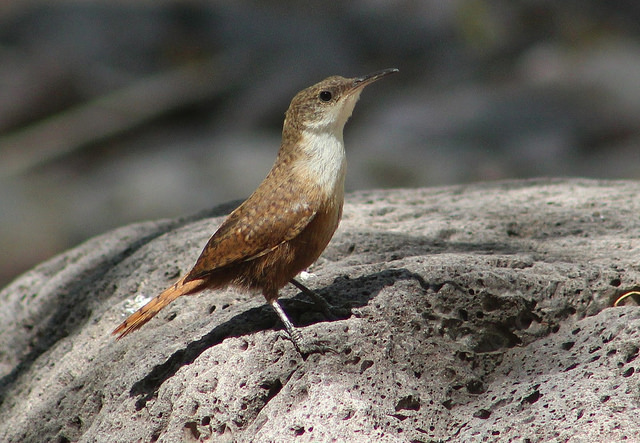
Birds and habitat you may see in Clifton and Morenci Area: Habitats that make up this area are desert scrub, semiarid desert grassland, extensive cottonwood and willow riparian forests situated at roughly 36-3700' along the San Francisco and Gila Rivers as well as Lower Eagle Creek, and chaparral and juniper habitats along Highway 191 past Clifton and Morenci and along Lower Eagle Creek Road. The main draw are the three riparian corridors in the San Francisco and Gila Rivers and Lower Eagle Creek. These waterways attract an amazing variety of breeding, migrant, and wintering species. Breeders to look for in these lush riparian areas dominated by willow and cottonwood and surrounding mesquite include Common Black Hawk, Zone-tailed Hawk, Yellow-billed Cuckoo, Western Screech and Elf Owls, Black-chinned Hummingbird, Gila and Ladder-backed Woodpeckers, Black Phoebe, Vermilion Flycatcher, Ash-throated and Brown-crested Flycatchers, Cassin's Kingbird, Bell's Vireo, Cliff Swallow, Bridled Titmouse, Rock, Canyon, and Bewick's Wrens; Phainopepla, Yellow and Lucy's Warblers, Song Sparrow, Yellow-breasted Chat, Summer Tanager, Northern Cardinal, Blue Grosbeak, Hooded and Bullock's Orioles, and Lesser Goldfinch. Broad-billed Hummingbird and Northern Beardless-Tyrannulet have been found and are worth searching for. Wintering species to check for in these habitats include Sapsucker species, interesting warblers, Western Bluebirds, and possibly Winter Wren. Spring and fall migration periods have amazing potential along these riparian corridors, look for a variety of migrants from common to rare. Chaparral and juniper habitat is found when driving north on Highway 191 past Clifton and Morenci, and an excellent place to bird in such habitat away from the Highway is Lower Eagle Creek Road as it descends down into the canyons which harbor Lower Eagle Creek. Look for Greater Roadrunner, Ash-throated Flycatcher, Cassin's Kingbird, Gray Vireo, Juniper Titmouse, Crissal Thrasher, Phainopepla, Black-chinned and Rufous-crowned Sparrows, Canyon Towhee and Scott's Oriole. Winter seasons are worth checking for Sage Thrasher, Fox Sparrow, and a variety of other sparrows in the chaparral and juniper habitat.
Area Elevation: Three Way (3640'), Gila Box (3350'), Clifton (3500'), San Francisco River (3500-3600'), Morenci (4000'), Lower Eagle Creek Road (5200'-3600'), Lower Eagle Creek (36-3700').
Base Point for directions: For this area, we'll use two base points. The main base point will be Clifton. Most of the birding locations are close to Clifton, and all of them will have directions from Clifton in one way or another. Second, Three Way will be used a few times as a secondary option if coming up to this area from the south.
Area Maps: Clifton and Morenci Area Maps
Birding Locations:
1. Three Way (Highway 191 North and South): Three Way is 9 miles south of the town of Clifton. From Three Way, one can take Highway 191 South to the west, or Highway 191 to the north. Both of these directions on Highway 191 offer some birding opportunities in desert scrub settings. Taking Highway 191 South to the west from Three Way puts one in some semiarid grassland habitat. It may be worth checking for Cassin's Sparrow during some summers. Taking Highway 191 North to the north from Three Way goes through much drabber desert habitat before getting to Clifton. Most of the common desert birds can be observed along this stretch, including Black-throated Sparrow, Cactus Wren, and Curve-billed Thrasher (it is worth checking for and listening for the eastern subspecies in this region).
Three Way on eBird
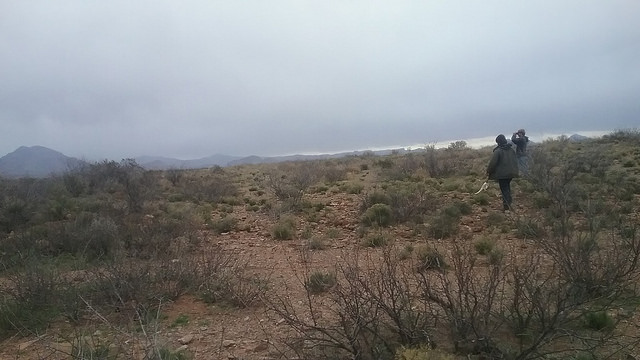
2. Gila Box Riparian National Conservation Area via Old Safford Bridge: From Clifton, take Highway 191 N south for about four miles. On the west side of Highway 191, look for a turn off to Black Hills Back Country Byway. Follow Black Hills Back County Byway, which is a dirt road, in the southwest direction for 3.9 miles to the Old Safford Bridge, which crosses the Gila River. If going to Gila Box from Three Way, it is a 5.3 mile drive up Highway 191 N from Three Way to Black Hills Back Country Byway. There are parking areas on the northwest side of the bridge, as well as the southwest side of the bridge. Lush willow and cottonwood riparian forest line the Gila River here, and there are mesquite woodlands on the surrounding banks. Many resident, breeding, migratory, and wintering birds will be found here over time as this location gets birded more. The habitat is thick here and one can walk a short distance along the river on the southwest, southeast and northwest side of the bridge. The northeast side has steep rocks and banks along the river for most of the way, which makes it tough to bird on that side of the river. A more intrepid birder will be able to cover more distance in this promising area. Despite the fact that the habitat is hard to access further than short distances, there will be plenty of birds around the bridge area in itself at the least. To get an idea of what birds may be found, read the section above on the birds to expect within this area. The Gila Box is popular for folks who like to float boats up rivers, and for recreational use for that matter, it is a three dollar fee.
Gila Box NCA via Safford Bridge on eBird
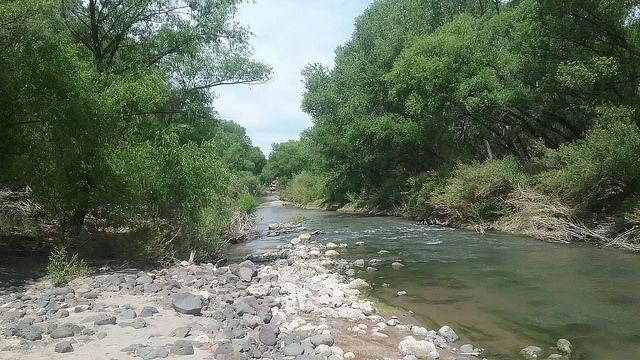
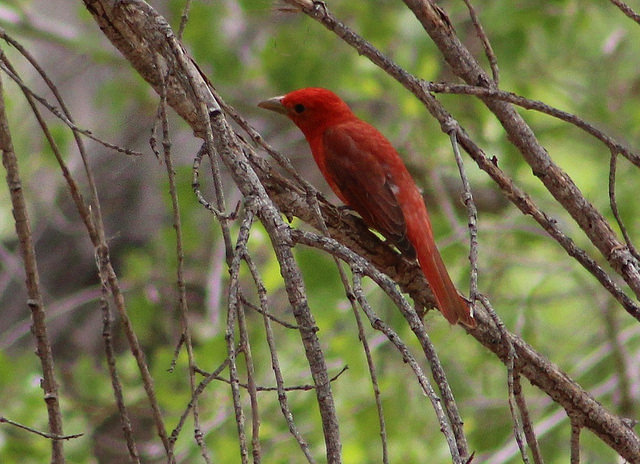
3. Riverside Park and Frisco Avenue: If coming up from Clifton heading north on Highway 191, Riverside Park and Frisco Avenue are accessed by taking Zorilla Street east off of Highway 191 once in Clifton. This turn is just north of what is officially marked as Clifton on the maps. The turn is a little over a half mile north of where Highway 191 crosses the San Francisco River for the first time and is adjacent to Park Avenue. Once finding Zorilla Street and turning right onto Zorilla Street (Zorilla is only Zorilla on the maps for a bridge length over the San Francisco River), make an immediate and quick left onto Frisco Avenue. Head north on Frisco for a quarter of a mile and park at Riverside Park. One can walk a path on the east side of this park, and this path borders the western side of the river. Cottonwood and willow riparian habitat can be birded easily from this path. Shortly after passing by Riverside Park adjacent to the walking path, the walking path will continue through North Clifton RV Park on the west side of the path, with the San Francisco River and it's riparian corridor on the east side of the path. This creates a pleasant birding experience. North of the RV Park is the intersection of Frisco Avenue and San Francisco River Road. Walk or drive along Frisco to explore the west side of the San Francisco River further north for another mile, which eventually turns into private property. Birding possibilities are great here, and fall in line with what is typical for the birds mentioned above on the introductory paragraph what one may see for this birding area.
Frisco Avenue on eBird
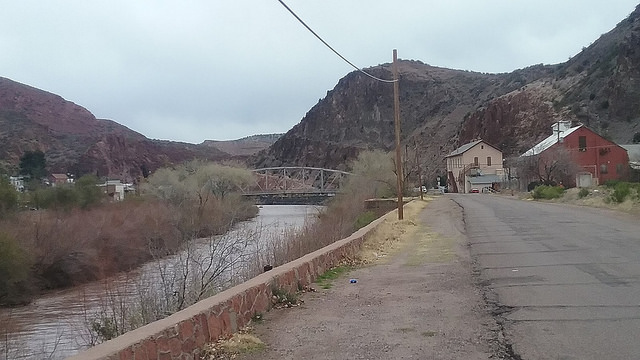
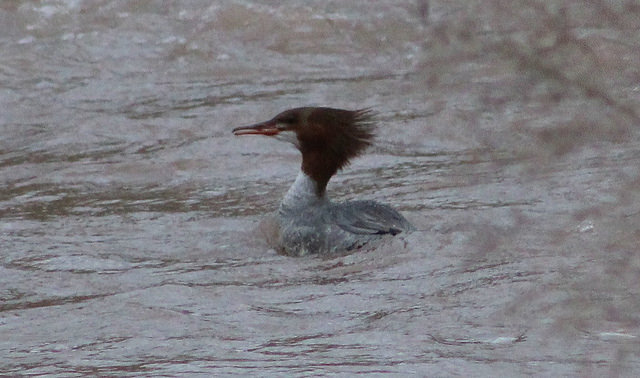
4. San Francisco River Road: To access this area, follow the directions for accessing Riverside Park and Frisco Avenue. Follow Frisco Avenue until it interests with San Francisco River Road. San Francisco River Road peters off to the east from this point and crosses the river. It continues along the eastern side of the San Francisco River for seven miles. This area has very rarely been birded and it looks to have loads of potential with rich cottonwood and willow riparian forest for it's entire length. There are sections along the river here that look to be private property, and other sections that look to have public access. Explore the San Francisco River and it's riparian habitats from this well named road along different points of the seven mile route.
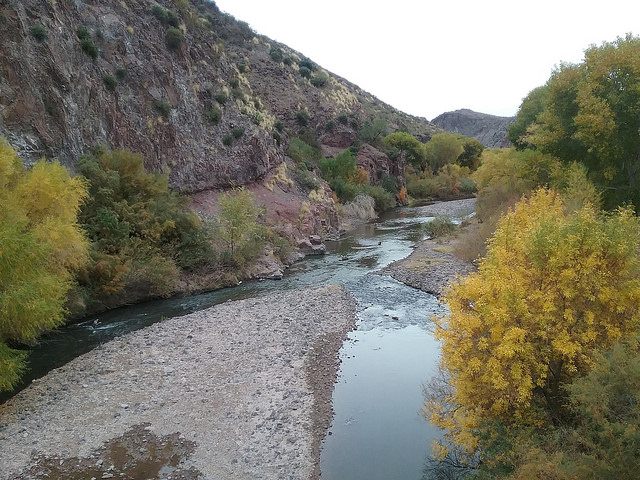
5. Lower Eagle Creek Road: Continue past Clifton for 8.7 miles on Highway 191 heading north (passing Morenci too), and Lower Eagle Creek Road will be on the south side of Highway 191. Follow this road for 5.2 miles, as it descends downward towards Lower Eagle Creek. Habitat is made up of chaparral and juniper, desert scrub, and rocky cliffs. Park at different spots along the road to bird. Look for Greater Roadrunner, Ash-throated Flycatcher, Cassin's Kingbird, Gray Vireo, Juniper Titmouse, Crissal Thrasher, Phainopepla, Black-chinned and Rufous-crowned Sparrows, Canyon Towhee and Scott's Oriole. Winter seasons are worth checking for Sage Thrasher, Fox Sparrow, and a variety of other sparrows in the chaparral and juniper habitat. Typical desert birds will be present when reaching the desert scrub habitat as the elevation decreases during the drive.
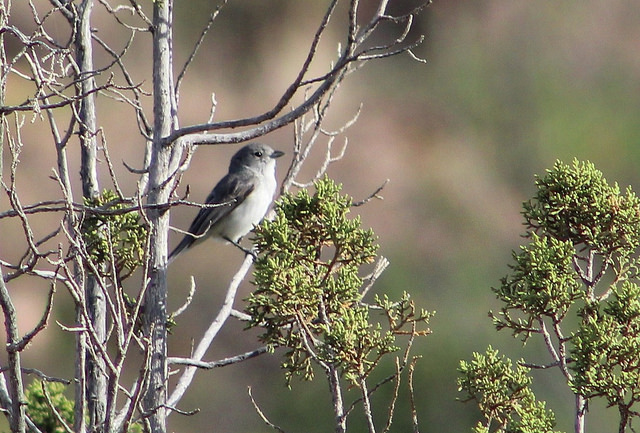
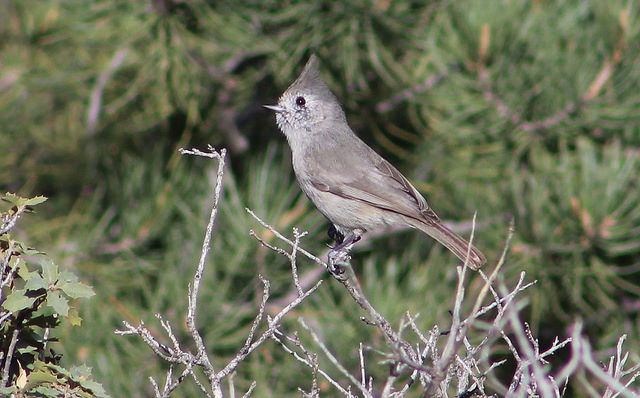
6. Lower Eagle Creek: To access Lower Eagle Creek, refer to the Lower Eagle Creek Road directions above. After 5.2 miles of driving on Lower Eagle Creek Road, Lower Eagle Creek is accessed. Park along the parking area that branches north from the main road once the road reaches the creek level. Lower Eagle Creek can be explored to the north or south from this point. It can be birded easily for short distances to the north and south. To bird the northern side, cross over to the west side of the creek to take some paths north until the creek prevents any further exploration that is easy. With birding the south side of the creek from the main road, one can stay on the east side of the creek for a good distance until the creek becomes more challenging to navigate. Lower Eagle Creek is rather deep, and the intrepid birders will have to bring along old meaningless shoes or water boots in order to navigate the creek in longer distances. Thick willow and cottonwood forest is along the entire creek. Mesquite, ash, and sycamore are also among the tree types here. Tall canyon walls surround Lower Eagle Creek on both sides of the creek, creating an impressive and picturesque view at all times within this beautiful canyon. Bird wise, refer to the birds mentioned above for this birding area for what is typically expected. Yellow-bellied Sapsucker and Painted Redstart have been found here in winter. Elf Owl can be heard on spring and summer nights. Northern Beardless-Tyrannulet and Broad-billed Hummingbird have been found here, and the location is highly favored by Yellow-billed Cuckoo in summer (Justin Jones). This location has also harbored Northern Waterthrush during spring and fall migrations multiple times (Justin Jones).
Lower Eagle Creek on eBird
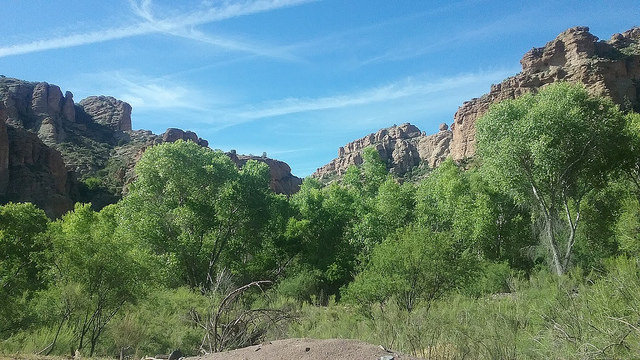
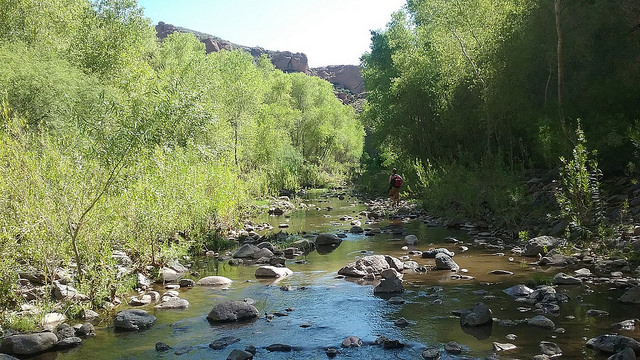
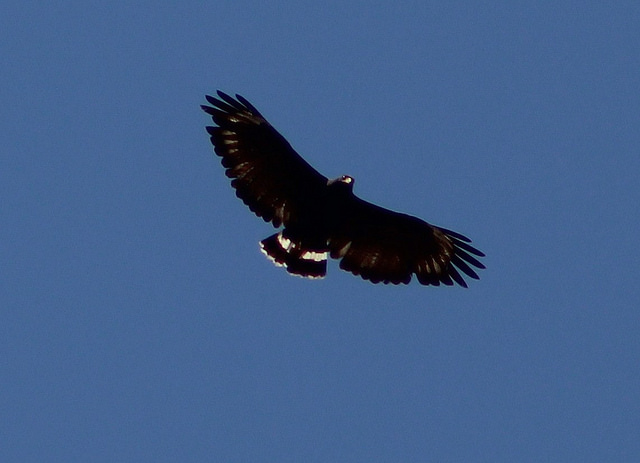
Area Maps: Clifton and Morenci Area Maps
Back to Greenlee County Birding Areas |
